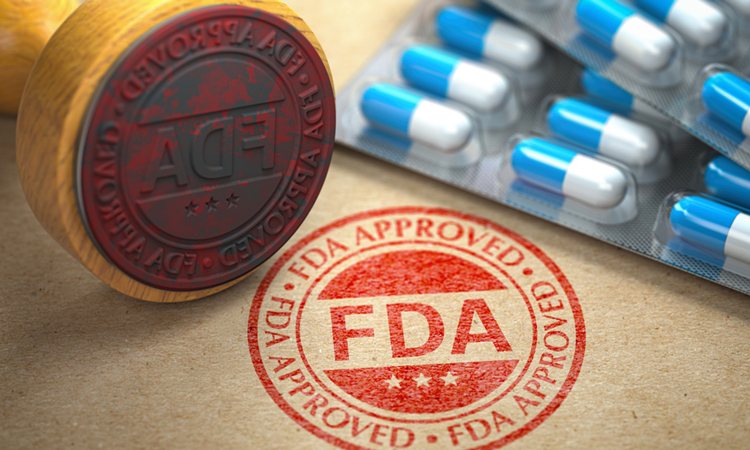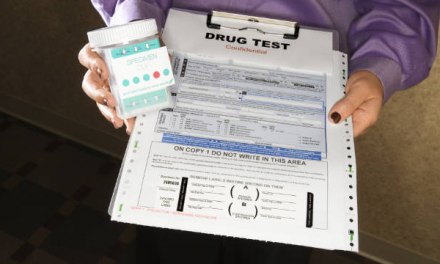The US Food & Drug Administration has been under the microscope in recent years, for a number of reasons — not least of which is its practice of approving new opioid medications in a climate of national concern about prescription drug abuse. That’s what a political strategist would characterize as “bad optics”. Why bring new prescription opioids on board when we’re already flooded with the current crop? Especially when the roots of the epidemic appear to lie in a history of gross overprescribing of potentially addictive substances?
It should be considered in the context of the FDA’s process for approval. It’s both extended (think years) and costly in the extreme. Here’s an overview. Since the AIDS epidemic in the 1980s, the agency has been under pressure to speed things up, get new meds available to physicians and patients as quickly as possible. Of course, Big Pharma supports that. They naturally want their drugs in circulation without delay, in part for financial reasons.
Because of the size of the investment in a new drug, its makers also have a truly huge incentive to promote it — to recoup their money, and to turn a healthy profit. That can mean charging as much as they can (or can get away with). And it implies a desperate need to keep the drug on the shelves despite unforeseen problems that may emerge — issues of safety, for instance, or consumer complaints.
And we shouldn’t forget that pharmaceutical houses, even big ones, can be surprisingly dependent on just a few very successful drugs. That was Purdue Pharma’s situation, after all. In recent years, oxycodone represented some 90% of the company’s revenue. It’s only natural that they went to war, figuratively speaking, to keep it available in the face of escalating controversy.
A secondary issue: like the Centers for Disease Control (CDC), the FDA is a part of much larger Department of Health and Human Services. That makes it vulnerable to political influence. Political pressure can come from powerful industry lobbyists; from patient advocates; from free marketeers; and of course, from within HHS itself, perhaps reflecting the wishes of whoever happens to be in the White House. As a result, a number of expert observers have complained that the agency’s power has dissipated to the point where it’s no longer able to fulfill its essential duties.
The fear: new medications are being approved without sufficient analysis to ensure their safety or their effectiveness. Things have gotten bad enough, experts insist, that ordinary remedies won’t be enough. Significant organizational change is what’s needed — and soon.
That’s the thrust of this recent New York Times editorial on the appointment of a new FDA Commissioner.
Their suggestions include asking Congress to make the FDA independent of HHS, giving the agency status along the lines of the Federal Reserve and Social Security Administration. It’s an idea that’s been around for a while, but never quite made it out of the discussion stage.
I don’t know if that alone would be enough to remedy such fundamental problems — probably not — but it sounds like a place to begin.













